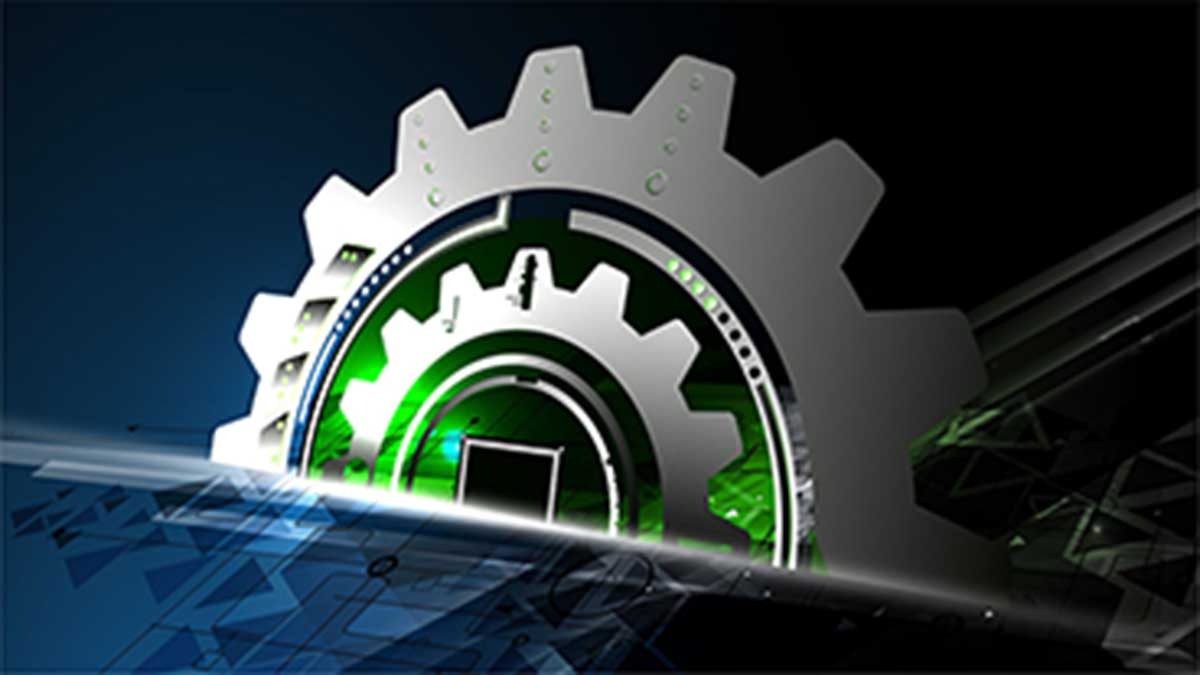
The emergence of the data – driven economy has changed the dynamics of businesses quite rapidly along with revolutionizing the IT industry and varying IT strategies. Due to the advent of connected, smart devices and rising demand for real time data insights, IT departments have not been able to concentrate on the backend management because of which there is an extra effort that is being put up by the organizations to transform the traditional IT setup into modern IT infrastructure.
Today, IT departments face significant challenges such as managing numerous workloads, responding quickly, and decreasing downtime across the IT infrastructure, and at the same time, it is also responsible for making a positive contribution to the overall strategic growth of the business. Therefore, a shift has been witnessed and IT departments have started readily looking at transformation of their legacy infrastructures into the modern one. These revamped IT departments will not only lead to the adoption of new and innovative technologies, but also to inspire workforce to learn and develop new skills, to attain a better understanding of the infrastructure, which will lead to a more efficient way of functioning.
Since, servers form the bedrock of the modern data center, the changing role of traditional IT has also advocated for the deployment of advanced and modern age servers which will ensure smooth functioning of several applications from database to software-defined storage. Due to this, globally, we are witnessing a huge uptake of servers. As per IDC, the worldwide server market revenue increased 4.4% Y-O-Y to $19.8 billion during the first quarter of 2019
Therefore, as we progress more and more into an era of Digital transformation, the need to automate becomes necessary. Automation of IT can free up time of workforce from performing the mundane tasks and focus more on strategic projects.
The need for Server Automation:
IT departments can no longer take three – to – four-week gap between “code complete” and “code in production.” In modern times, users expect new features on a regular or weekly basis, making it difficult to run through the mostly manual process. Therefore, administrators gradually need to move out of the critical path of software deployment manually and provision more optimized automated structure. This is where the server automation plays a critical role. It will help things run faster, saving employee time and reducing human error.
Server automation transforms the entire functioning of IT departments and helps in saving time, ensuring faster deployment, decreasing downtime and human error along with freeing up employees’ on the redundant tasks.
However, despite the tremendous potential and benefits of server automation, many IT departments are yet to embrace it.
The Future Outlook:Automation of IT infrastructure holds the key to digital transformation. It provides a huge boost to organizations by freeing high performers’ from performing the mundane tasks and focus more on innovative work that adds real value to their organization. Automation of the entire server infrastructure, from deployment to withdrawal, with embedded intelligence would vividly increase efficiency, reduces human error and improves productivity, making organizations IT team become more efficient and higher customer satisfaction. Moreover, server automation would also be the key of modernizing approximately 50% of today’s applications that currently cannot be shifted to the public cloud.















